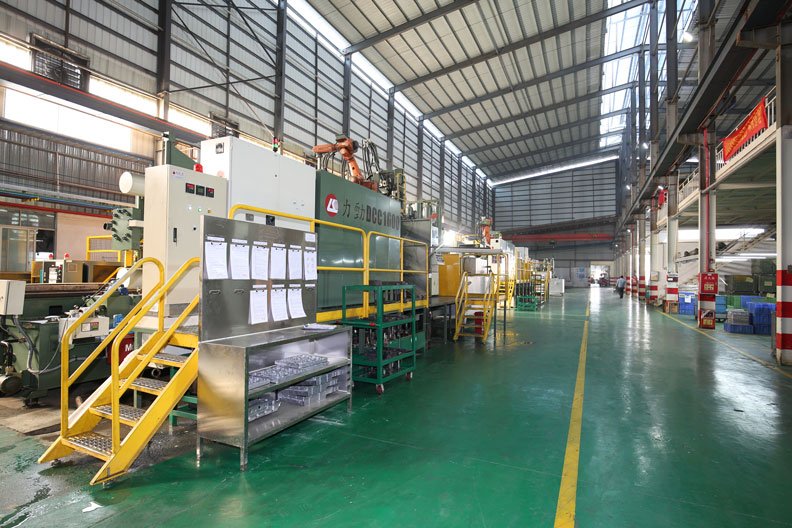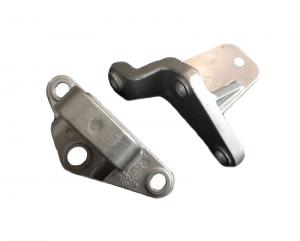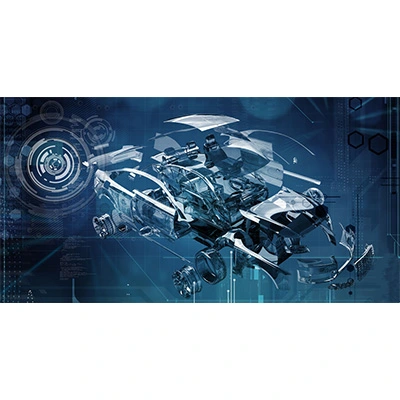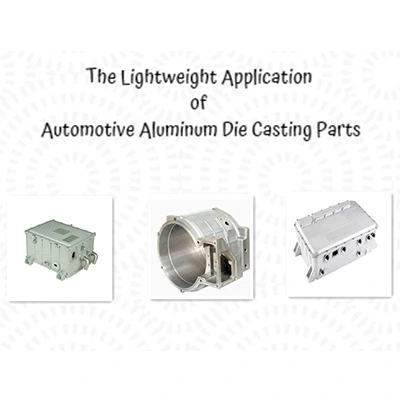

Aluminum die casting has become a widely adopted manufacturing process in the automotive industry due to its numerous advantages, including lightweight properties, high dimensional stability, and excellent corrosion resistance. However, like any manufacturing process, aluminum die casting is not without its flaws. In this article, we will shed light on some common aluminum die casting defects that can occur in automotive applications and explore ways to navigate and rectify them effectively.
Porosity is one of the most common defects encountered in the aluminum die casting process. It refers to the presence of voids or air pockets within the cast metal, compromising its mechanical properties and structural integrity. Porosity can occur due to several reasons, such as incomplete filling, gas entrapment, or inadequate venting of the mold.
To minimize porosity defects, meticulous attention must be paid to various aspects of the die casting process. Proper mold design, gate and runner system optimization, and ensuring adequate venting are some essential steps to mitigate porosity issues. Additionally, monitoring and controlling the casting process parameters, such as temperature and pressure, can further help in reducing porosity defects.
Shrinkage is another common aluminum die casting defect that occurs due to the cooling and solidification of the metal. It leads to undesired dimensional changes in the final cast part, often resulting in warped or distorted components. Shrinkage defects can be particularly problematic in automotive applications, where precision and uniformity are crucial.
To address shrinkage Aluminum Die Casting Defects, manufacturers must carefully consider the design of the casting, mold layout, and proper gating system. Additionally, controlling the cooling and solidification rates, optimizing melt flow, and utilizing proper heat treatment can help minimize shrinkage and ensure dimensional accuracy.
Hot tears, also known as hot cracking, represent another significant defect that can occur during aluminum die casting. They are internal cracks caused by localized high stresses when the casting is still in a semi-solid state. Hot tears can severely compromise the mechanical properties and overall strength of the component.
To prevent hot tears, manufacturers must focus on achieving a balanced mold design and gate system, which ensures uniform distribution of molten metal and minimizes thermal stresses. Proper control of casting parameters, such as metal temperature, cooling rate, and solidification time, can also be instrumental in reducing the occurrence of hot tears.
Surface defects, such as flash, air traps, and cold shuts, can negatively impact both the aesthetics and functionality of the final cast part. These defects can occur due to improper mold closing, poor alignment, or inadequate metal flow during the casting process.
To improve surface finish and eliminate such Aluminum Die Casting Defects , manufacturers should pay close attention to mold maintenance, ensuring clean and properly functioning molds. Proper application of release agents, optimizing process parameters, and implementing appropriate post-casting finishing techniques, such as trimming and polishing, can also enhance the overall appearance and functionality of the cast automotive components.
Aluminum die casting defects may occur at least once in the manufacturing process. However, with careful consideration of mold design, optimization of process parameters, and thorough quality control measures, these defects can be effectively minimized. By addressing and rectifying these common defects, manufacturers can achieve higher quality and more reliable aluminum die cast components for various automotive applications. At EMP, we strive for perfection and continuously work towards producing flawless aluminum die castings that meet the stringent demands of the automotive industry.


